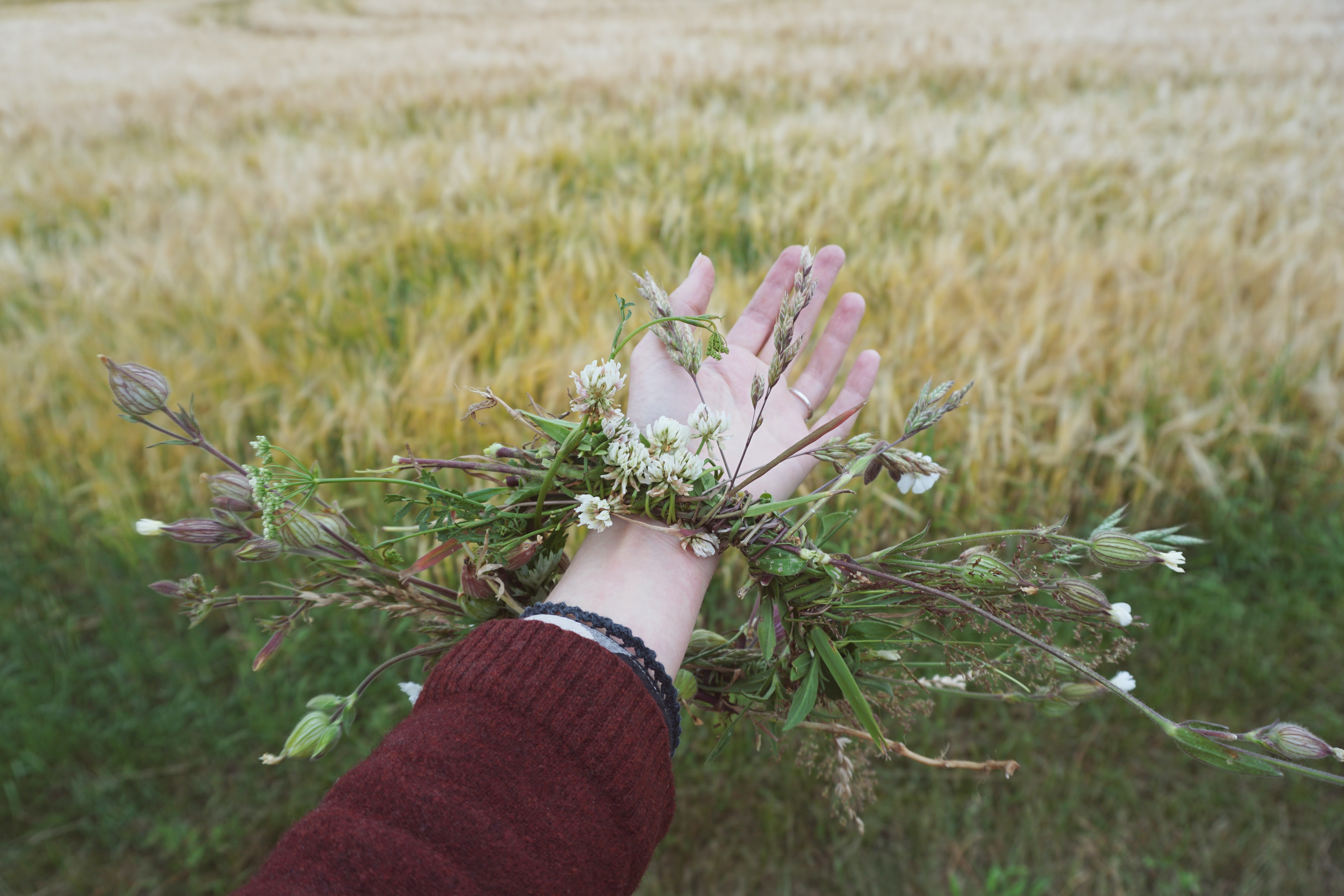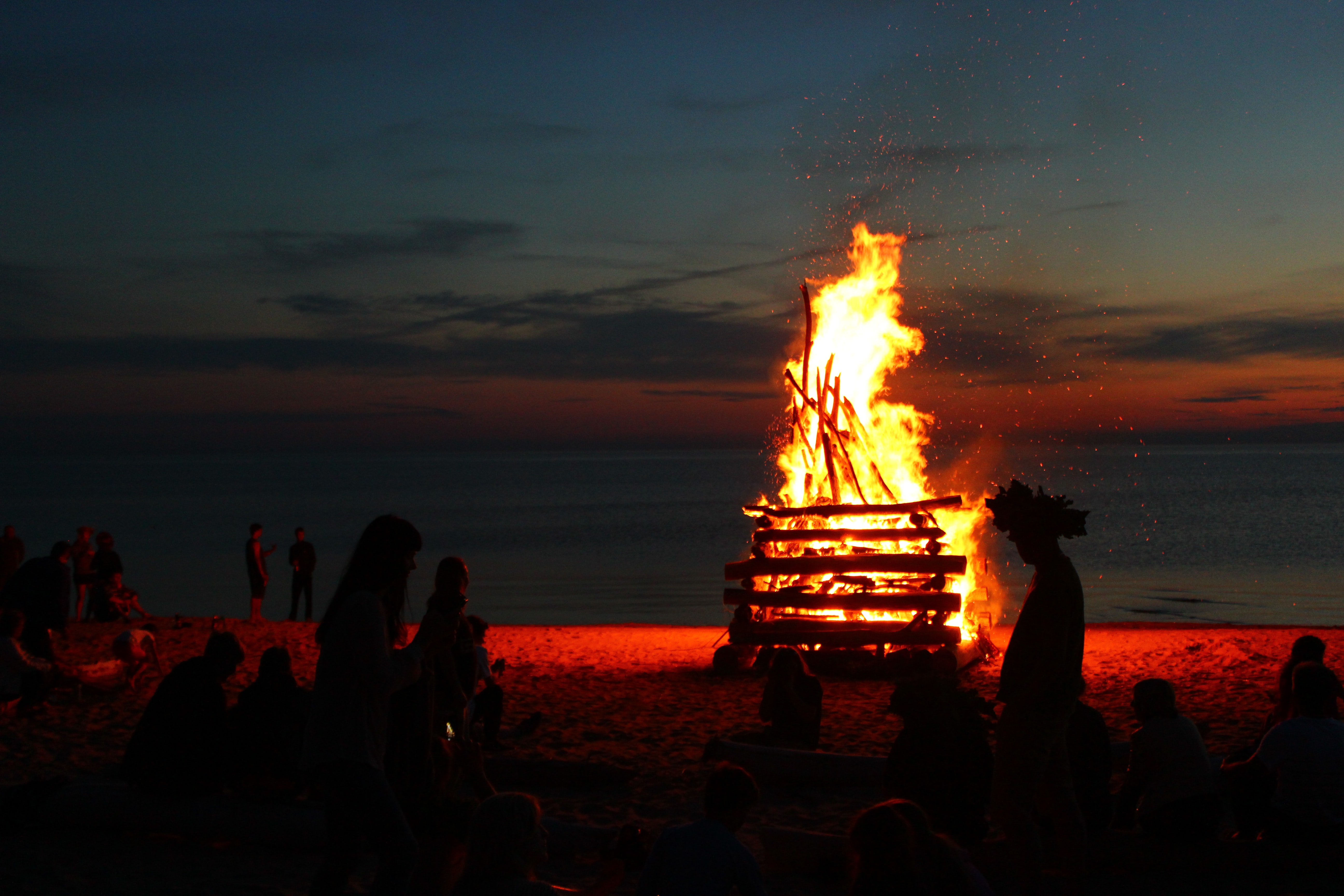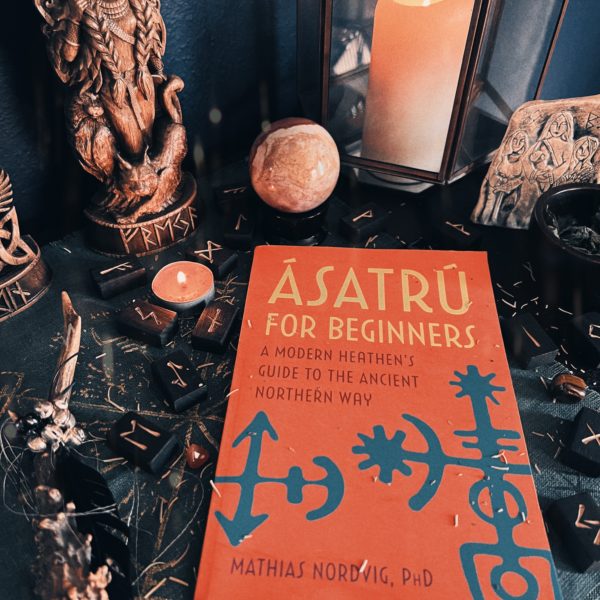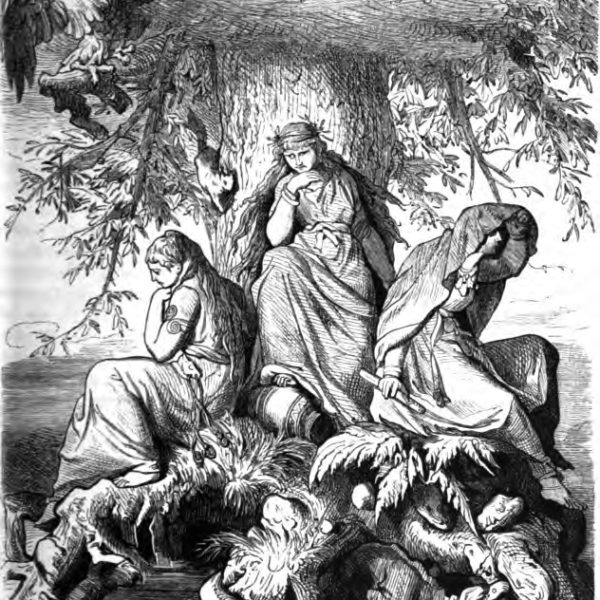
Do Norse Pagans follow the Wheel of the Year? I’ll bypass the suspense and jump straight to the answer: “yes,” “no,” and “it depends” are all correct and acceptable responses.
Ynglinga Saga tells us the ancient Norse pagans celebrated three main festivals:
- One at the start of winter (sometime in October)
- One at midwinter (originally sometime in January, but later in December)
- One at the start of summer (sometime in April).
These celebrations likely occurred on full (or possibly new) moons rather than on specific dates, as the early Norse people followed a lunisolar calendar.

We know these three Norse festivals as Winter Nights, Yule, and Sigrblot. You’ll notice just one of these — Yule — appears on the traditional Wheel of the Year.
This is because most of the Wheel of the Year holidays are based on Celtic (Imbolc, Beltane, Lughnasadh, Samhain) and Anglo-Saxon (Ostara) festivals rather than Norse ones.
Which brings me to my next point: as a whole, the Wheel of the Year as we know it is not an ancient concept, but rather a modern invention.
Though the celebrations are derived from ancient festivals, much has changed and evolved through the reconstruction of these holidays.
For example, the festival names Ostara, Litha, and Mabon were coined by Aidan Kelly — an influential Wiccan author — in the 1970s.
While the words themselves have historical origins, they were not used to describe the Spring Equinox, Summer Solstice, or Autumn Equinox before this time and would not be recognized as holidays by our ancient ancestors.

In 1975, Stephen McNallen of the Asatru Free Assembly developed a Germanic version of the Wiccan Wheel of the Year, in which he renamed most of the holidays with Germanic-sounding names (Ostara to Summer Finding, Lughnasadh to Freyfaxi, etc.)
And yet, most Norse pagans I know today:
- Celebrate some or all of the holidays on the Wheel of the Year
- Do not use the AFA’s revised “Germanic” names, but rather the “original” names of Ostara, Beltane, and so on (or occasionally some combination of names)
Why?
Despite its murky origins, the Wheel of the Year provides a solid, intentional framework for marking the passage of time through the lens of the natural world and the journey of the Sun.
Using a calendar with festivals roughly every 6 weeks allows us to stay consistently connected to the rhythms and cycles of nature.
This practice is deeply and authentically rooted in the ideologies and values of the ancient Northern Traditions, even if the festival names and dates are not.
Furthermore, as modern pagans we know the ancient cultures of the world had more in common than they did differences. The turning of the seasons and the journey of the Sun was universally important to their survival, traditions, and religious practices.
Although the ancient Norse did not celebrate the four Celtic fire festivals (Imbolc, Beltane, Lughnasadh, Samhain) they would have likely recognized their significance for the people who did.

By celebrating these holidays we honor the greater woven tapestry of indigenous European spirituality, rather than narrowing in solely on the distinctly Norse threads.
Then again, there are pagans who find deep meaning in the reconstruction of ancient Norse holidays and do their best to follow the old ways as precisely as possible, down to celebrating Yule in January (rather than December) as the pre-Christian Norse did.
Ultimately, the reason why some Norse pagans celebrate only the three ancient Germanic festivals, others celebrate the eight Wheel of the Year holidays, and others (like myself) find a way to celebrate them all is because Norse paganism is a living spiritual tradition.
As such, it does what all living things do: it is born, grows, adapts, dies, and is reborn — perhaps in a different form or shape, but with its spirit and essence intact.
















So what exactly are the three ancient Norse holidays and the traditions for them also what could I research to get more use to the old Norse ways?
The three Old Norse festivals as mentioned in Ynglinga Saga are Winter Nights, Yule, and Sigrblot. Traditional celebrations would have included communal feasting, drinking, and making sacrifices.
Unfortunately they didn’t record much, so we don’t know exactly what their ritual structures might have looked like. This link is a good resource for learning more about historical Norse festivals: https://www.pagankids.org/post/ancient-norse-calendars
I use the Wheel of the Year created by Forn Sidr of America. I struggled at first because I wanted to use the Norse names, but I refuse to use any materials created or distributed by Stephen McNallen or any AFA affiliated member, as they are white supremacists and Neo-Volkisch. Forn Sidr of America, however, had a full Wheel of the Year with meanings behind each holiday, ways to incorporate them into American culture, and are incredibly inclusive and anti racist.